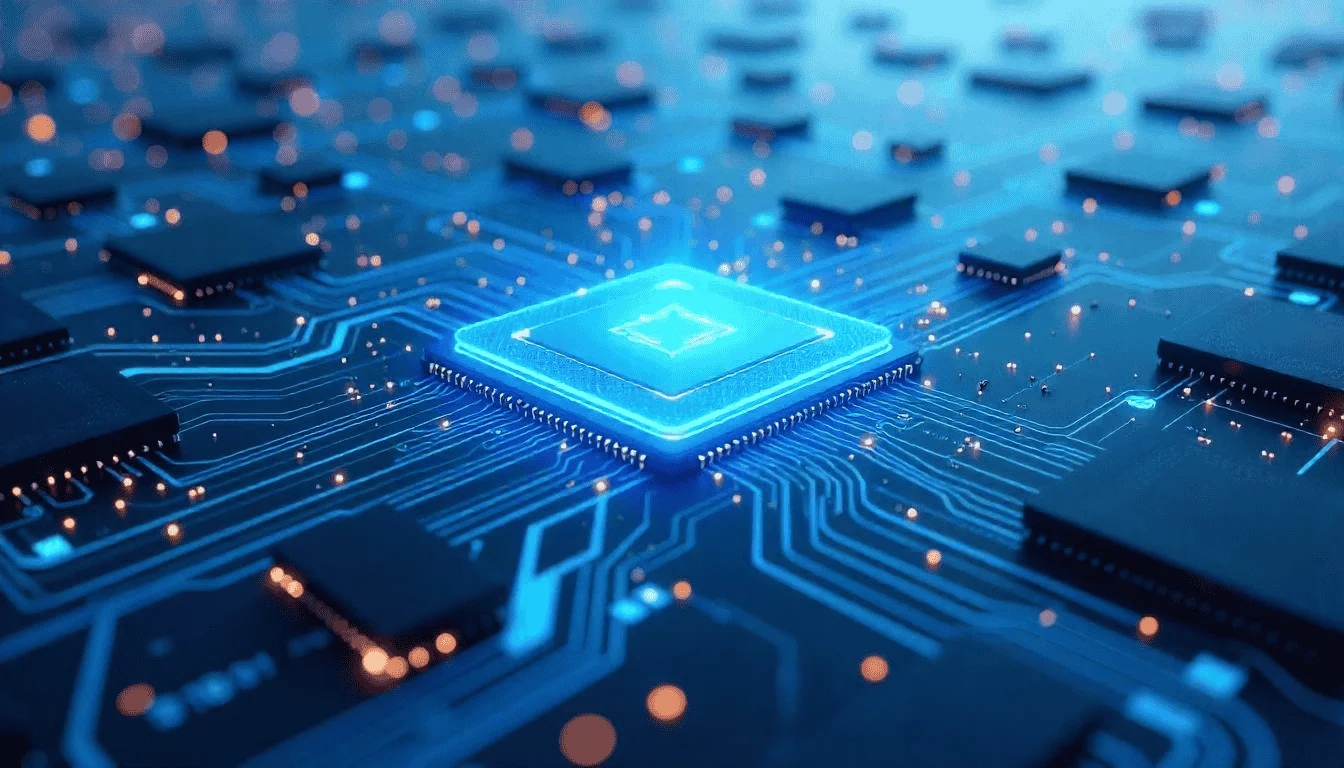It is 6 AM in morning and Mark is in deep sleep. Well, the sweat is tipping from his forehead, while breathing heavily and tossing randomly in bed. All of a sudden, the vibration of his fitness band worn around his wrist gives him a jerk, breaking his slumber. Mark feels some unusual sensation in his upper part of abdomen and grabs his phone from the side table to check the notifications. The notifications are displaying his abnormal heart beat and breathing rate. There is also a notification from his medical consultant telling which medicine is advisable in this condition. Mark takes those aspirins on time and feels at ease after a while. If situation would have been critical, before Mark would have even realized, the ambulance and support staff would have been on the way.
So what was that band worn around the wrist, which saved Mark from some serious troubles? The answer to this question takes us to the concept of IoT – Internet of Things. Now, what is this IoT all about?
IoT is network of interconnected machines, which are embedded with sensors, which in turn is interacting with other systems through Internet. Data gathered through those devices constantly getting stored on the cloud, which provides insights into better usability.
Internet-of-Things
Next Question, how exactly does it work? To put this forward in simple words, your fitness band comes with specific inbuilt sensor, which is tracking your pulse and respiration. Once it crosses a threshold, it alerts the user and thus passes the information to devices connected through Internet. While Mark was sleeping, his data of pulse was getting disseminated to the app configured with the device, which is available with his medic. As soon it started approaching the threshold, the information was passed on to ambulance service and the hospital for the ward availability, in case of any emergency.
This was just one example in which intelligent machines connected with Internet and helped to save someone from health complications. Think of applying the same in field of automobile, traffic management, energy saving devices, smart home appliances. The list goes on. It could turn fortunes round. Imagine a traffic controlling system with sensors, which can detect congestion and thus can pass the information to the nearest transport office so that they can display messages on the traffic sign boards about which road to follow. Think of a thermostat device connected to handheld mobile device over a network, which can take remote inputs giving user ease to operate it from anywhere from a simple app. The data is also being passed on to competitors, who produce devices, which with same specification consumes less energy and also have an exclusive deal for you, in case you need a change.
The way things are connected, the data they have, tells a lot about how we can bring in changes in every aspect of life. Whether the problem is related to healthcare, lifestyle, energy, power, road safety, food, retail solutions, etc. can be taken to a level that has not been imagined.
But is it as easy as we have imagined it? Big talk of hour is about Data generation, Dynamic Networks, Data Security and Data Analytics – extracting useful information from it so that decisions can be taken on those thoroughly analyzed data.
Let’s take these points and analyse how IoT is going to impact the IT Infrastructure.
1. Data Generated –
Data Generated
Seeing the scale of data multiplying exponentially in coming years, storage is one concern. The data stored on cloud is readily available with the producers, consumers and service providers in real time. The sheer scale could be well apprehended from a report by Gartner which suggests that the installed base of ‘things’, excluding PCs, tablets and smartphones, will grow to 26 billion units in 2020, almost a 30-fold increase from 2009. So are we able to handle this huge influx of data? A specific and separate logical/ physical network needs to be in place to cater to all the IoT specific data that even most IT giants don’t have in place. This isn’t something we can ignore, right?
2. Dynamic Networks –
Dynamic Network
The IoT is going to impact every individual whether at a professional or at an individual level; industries will reap huge benefits from the availability of embedded systems, sensors and machine-to-machine communication. In agriculture, irrigation systems will function based on a multitude of inputs, including weather forecasts and data gathered from humidity detecting sensors. Automobile plants will be totally wired on sensor networks, as will oil drilling sector. Drilling times will be drastically minimized by the use of advanced and reliable analytics, which can predict conditions and improve operations. And what brings all these together? The answer is an agile network.
The influx of large volume of data created by the IoT will have deep impact on the networking systems used today. High performance analytics will require distributed data centers and real-time response to events. Will our big data solutions be able to cater this all? Fingers Crossed! It was real-time correct data processing, which almost saved Mark! So we can’t compromise on this. Fast, agile networks are crucial to enable the real-time analysis of sensor data. Given these requirements, I am not too sure, if we can achieve this mammoth task in quick time frame.
3. Data Security –
Data Security
Which data to share, with whom and how much to share? In an ecosystem which has machines and data on top – Authorization, Authentication and Access of data would be a serious concern. Manipulation would be easier than in today’s date. Having a home protected by intelligent devices over internet is a nice idea; but when ever we are talking about “Internet”, we should also take into consideration hacking. Is our IT infrastructure that complex or simple to deal with something which has already knocked the door?
4. Data Analytics –
Data Analytics
Data unless processed and analyzed is rather useless. Manufacturers and post-sale service providers will track in real-time using machine-to-machine sensors to identify malfunctions or post-service issues. Real-time promotions can be sent by analyzing data emitted by sensors and customers’ buying preferences. So this is the data processed and channelized at the right time and exact amount to the right entity, which would help. The answer is all about preparedness!
While the IoT has several advantages and disadvantages, the main point is that IoT will ultimately save everyone a lot of time and money. Hence, IoT is almost guaranteed to become an integral part of our lives in the years to come. While this is stated, we also need to pay attention to the question whether we are even prepared to take this challenge?
Let’s Build Digital Excellence Together










